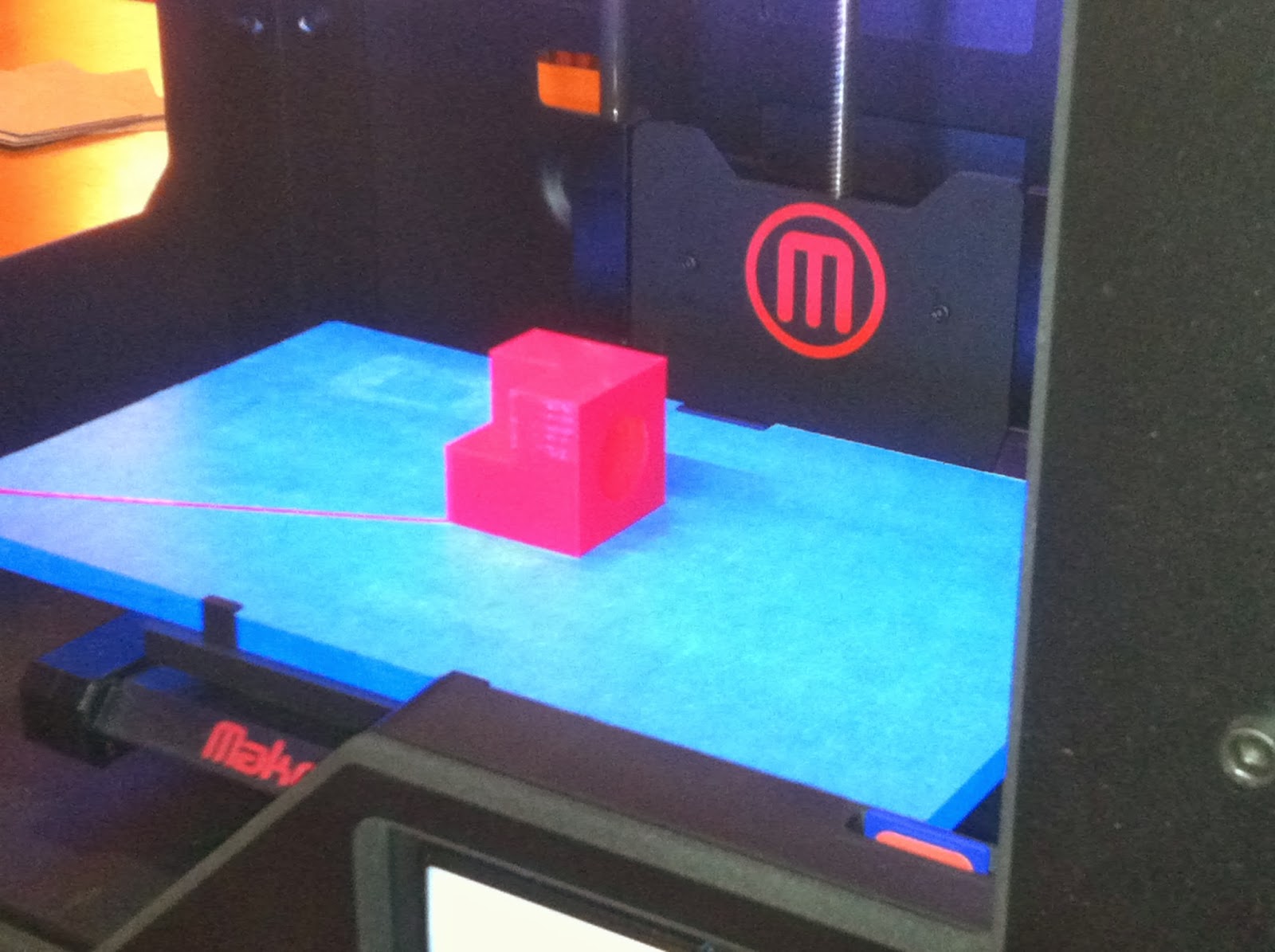While he opted for volume, creating a veritable army of vehicles, dwellings and abstractions, I opted to design and build a single vehicle. I always tell my students that whenever you are creating art or designing something, you push the art and the art pushes you. As I started to combine LEGO pieces from the hodge-podge of kits in front of us without any real objective, a truck started to take shape. One thing I really enjoy doing with LEGOs now as an adult is taking the parts from "prescriptive" LEGO sets (the sets that direct you how to build something specific, with step-by-step instructions) and re-purposing them along with traditional bricks, Technics parts, and elements of EV3 Mindstorms.
I call the truck I created "The Beast," as it's a pretty cumbersome monstrosity of a vehicle. I utilized the brick controller and two large motors from an EV3 kit to get it moving. In order to control it, I downloaded a free app called LEGO Robot Commander to my iPad, switched on the brick's Bluetooth and synced them up. Since I own a GoPro, I also created a custom LEGO mount and placed it on the roof of "The Beast," so I could capture a POV shot.
The beginnings of "The Beast"
The completed vehicle.
Side view.
Taking a peek under the hood where the brick lives.
Custom GoPro mount.
GoPro camera on custom LEGO mount.
The GoPro on top of "The Beast"
A closeup of the GoPro on top.
Check out the video below (kinda low quality as I shot it on my iPhone):
Thanks for checking out my blog! Hope you found it entertaining and/or inspiring. Go build something cool!









































